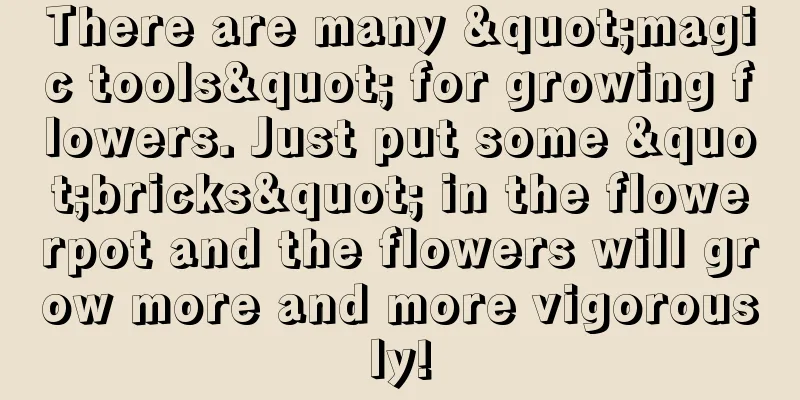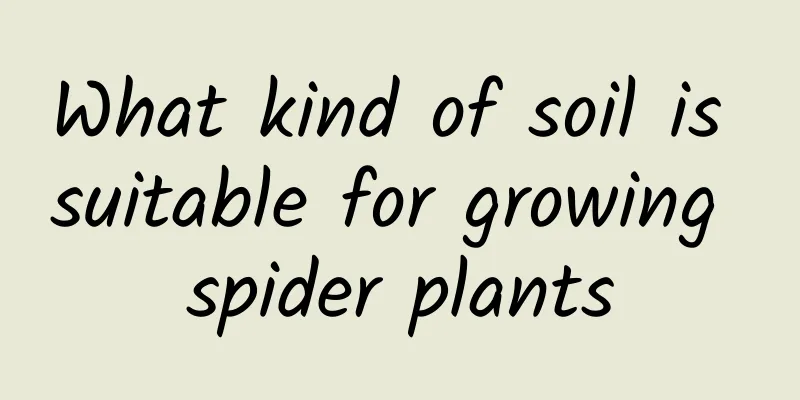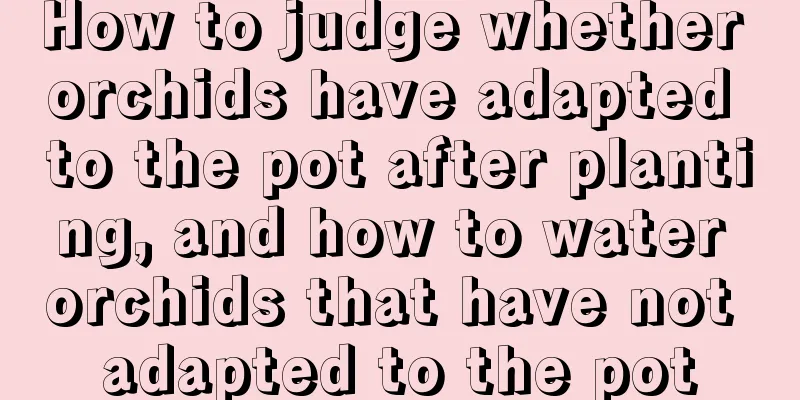There are many "magic tools" for growing flowers. Just put some "bricks" in the flowerpot and the flowers will grow more and more vigorously!

|
Not long ago, Huahua discovered a magical tool for growing flowers, which is the "bricks" that no one wants on the roadside. However, the bricks here refer to the red bricks used to build houses in the past. They are heavier and have many pores on the surface. They are really great for growing flowers. Let's take a look with Huahua! Red bricks are actually a kind of stone, but the difference is that red bricks have undergone high-temperature calcination, which means that the bacteria and impurities inside them will be reduced accordingly. Moreover, red bricks contain a large amount of iron, which happens to be very beneficial to the growth of flower plants. Putting it in a flowerpot can allow the flowers and plants to better absorb nutrients during photosynthesis, so that the plants will grow better. When growing flowers, we need to break red bricks into small pieces so that they can play a greater role. We try to put it at the bottom of the flowerpot. This way, because of its own air permeability, it can effectively alleviate the water accumulation at the bottom or inside the soil. It can also make the soil more breathable, and the plants will grow more vigorously. In fact, in addition to bricks, there are many things we can put into the soil to increase air permeability and drainage, such as charcoal and expanded clay. Charcoal is the kind of charcoal we see when we eat barbecue in our daily lives. Charcoal itself contains a large amount of nutrients and has a certain moisture-proof effect. Putting it under the flower pot can play a certain ventilation role. In addition, charcoal, like red bricks, has pores and is relatively loose, which can prevent water accumulation at the bottom of the flower pot. What's even better is that charcoal has a certain bactericidal effect, so there is no need to worry too much even if there are pests and diseases in the soil! You must have seen expanded clay on the surface of many flower plants. That's because spreading it on the surface can keep the soil moist and reduce water evaporation. Similarly, expanded clay can be placed at the bottom of the flowerpot as a water filter layer, with a thickness of about 2 cm. This way, the plant will rarely suffer from root rot due to water accumulation. There is another difference between expanded clay and the above two. It is that it can be used as a medium to help fix the plants during hydroponics. This allows the plants to grow in the right direction and will not grow crooked or out. There are more and more magic tools for growing flowers now, and everyone can choose according to their own needs. If you have better tips for growing flowers, you are welcome to leave a message to Huahua! |
Recommend
What to do if the roots of Kalanchoe are rotten
1. Remove rotten roots To remove the Kalanchoe fr...
What fertilizer is best for hibiscus
Hibiscus fertilization time Hibiscus is usually r...
How long is the growing cycle of potatoes?
Introduction to potato growth Potatoes prefer coo...
What to do if the leaves of ginseng ficus turn yellow
1. Change pots and soil Reason: If the soil of th...
Common flower seed germination methods
Water immersion treatment The seeds of flowers su...
When is the best time to harvest Dendrobium?
After Dendrobium matures, the old stems are usual...
How to Plant Pumpkin Seeds
Pumpkin Seed Planting Time Pumpkin seeds are suit...
Is it easy to keep old honeysuckle stumps alive (Is it easy to keep old honeysuckle stumps alive without fine roots)
The color of honeysuckle is white first and then ...
Cultivation methods and precautions of Guanyin Lotus
1. Breeding methods 1. Light: Spring and autumn a...
How to manage potted trumpet creeper in winter, the lowest temperature in winter
1. How to manage potted trumpet creeper in winter...
10 parts of fruits and vegetables that you cannot eat! Remember to avoid! Otherwise you will be poisoned!
Wanted: Cherry Hiding place: Leaves and pits cont...
When to transplant roses
Rose is a common flower in daily life. It usually...
How to make bamboo bonsai
Bonsai material A simple method is to buy a pot o...
What to do if small-leaf gardenia buds fall off
Proper amount of water and fertilizer This kind o...
When and how to plant arugula
Arugula Planting Time The suitable temperature fo...









